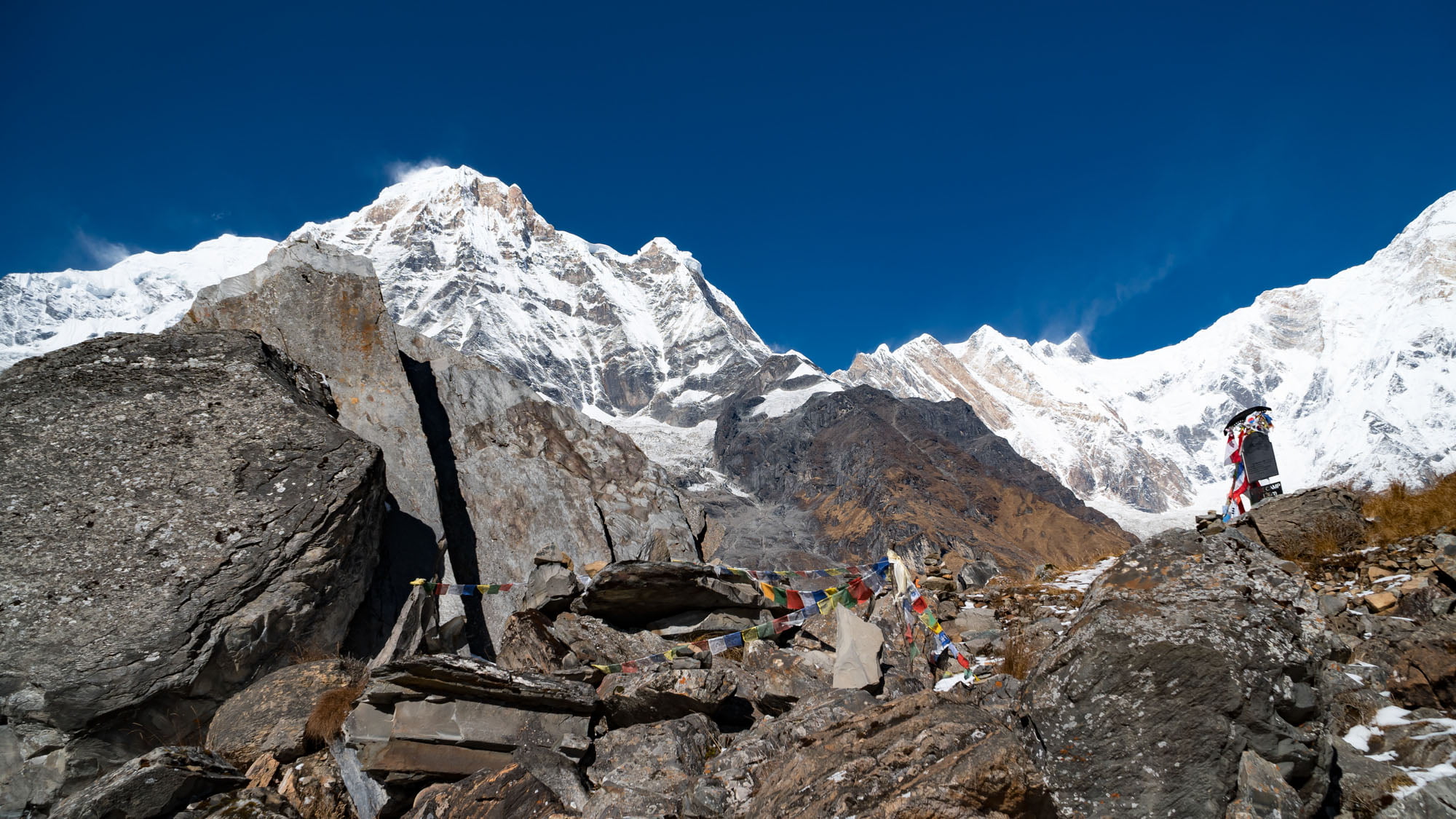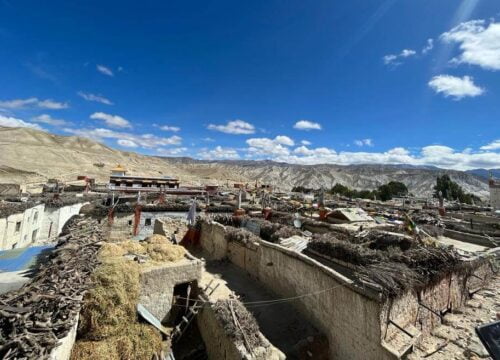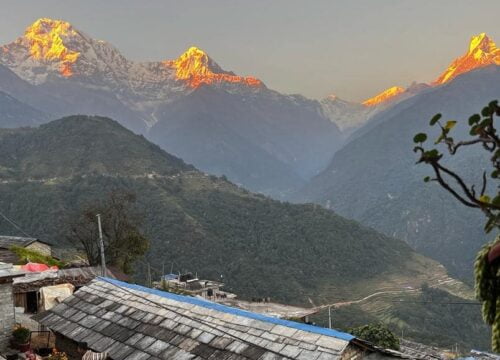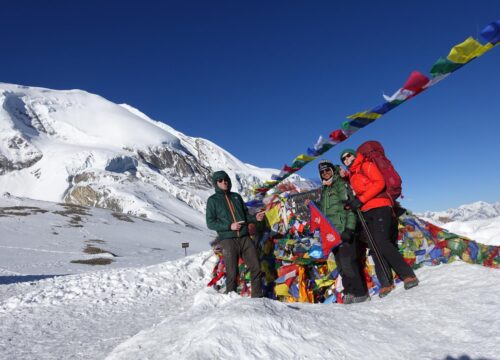
Annapurna Region
Beneath the towering presence of Annapurna I (8,091m) - the first 8,000-meter peak ever conquered - lies a landscape where every valley whispers ancient stories and every trail bears witness to mountaineering history. This spectacular region in central Nepal stretches from the tropical lowlands near Pokhara to the arid Tibetan Plateau, creating one of the world's most dramatic altitude transitions across just 150 kilometers.
The 1950 French expedition carved its name into mountaineering legend when Maurice Herzog and Louis Lachenal achieved the impossible summit of Annapurna I, though their victory came at terrible personal cost. Their harrowing descent with severe frostbite marked the beginning of high-altitude mountaineering's heroic age. Decades later, the 2014 avalanche disaster reminded the world of Annapurna's deadly nature when 43 climbers perished in the deadliest single accident in Himalayan climbing history.
Between these towering peaks flows the Kali Gandaki River, cutting through what geologists recognize as the world's deepest gorge. For centuries, this natural corridor served as a vital salt trade route between Tibet and India, its cobbled paths trodden by merchants and pilgrims. Today, travelers can still feel this history in ancient villages like Manang, where Tibetan Buddhist prayer wheels spin beside medieval-style stone houses, and in Muktinath Temple, where Hindu and Buddhist pilgrims have mingled at this 3,800-meter sacred site for over a thousand years.
The region's cultural tapestry shines through its diverse ethnic communities. Gurung villages like Ghandruk perch on steep hillsides, their slate-roofed homes offering panoramic views of Machapuchare (6,993m) - the sacred "Fishtail Mountain" that remains forbidden to climbers. In the high valleys, Manangi traders preserve traditions from when their ancestors controlled the lucrative trans-Himalayan commerce, while Thakali innkeepers continue their centuries-old hospitality legacy along the trekking routes.
Modern adventurers follow in historic footsteps along the legendary Annapurna Circuit, a 12-21 day journey that crosses the breathtaking Thorong La Pass (5,416m). Those seeking Annapurna's heart trek to the Annapurna Sanctuary, a glacial amphitheater surrounded by a crown of seven towering peaks, while the shorter Poon Hill route rewards hikers with sunrise views over an 80-kilometer Himalayan panorama.
Yet this paradise faces challenges. The Annapurna Conservation Area Project, Nepal's largest protected region, battles against over-tourism impacts and climate change threats to the delicate mountain ecology. New roads bring both accessibility and controversy, while melting glaciers alter landscapes that have inspired generations.
What makes Annapurna truly special is how it balances raw adventure with cultural immersion. Where Everest overwhelms with its singular focus on height, Annapurna seduces with variety - from jungle trails alive with monkey calls to high desert villages where yaks graze beneath snow peaks. It's a place where you can share a meal with a Gurung grandmother in the morning and stand breathless before a 7,000-meter wall of ice by afternoon.
More than just a trekking destination, the Annapurna Region remains a living museum of Himalayan life, where every stone stupa, prayer flag, and mountain pass tells an ongoing story of human resilience against nature's grandeur. To journey here is to walk through history - both ancient and still unfolding - beneath the gaze of some of Earth's most magnificent mountains.
Explore Tour










